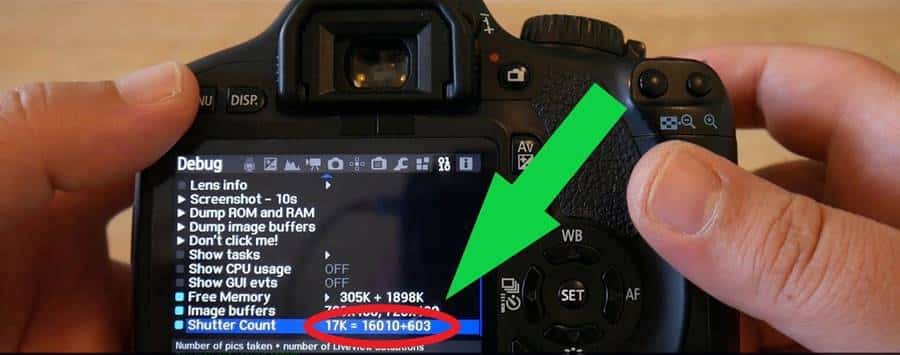

Up from that is the remote control sensor, the Shutter button and Front control dial. Though the Sony A700 doesn't quite bristle with the analog dials I so enjoyed on the Maxxum 7D, its controls are thoughtfully placed for easy visibility and quick adjustment.įrom the front you can see the Sony A700's unique grip sensor, which can be set to prevent the Eye-Start AF system from powering up until you hold the grip, useful if you normally hang the camera around your neck, not so useful if you tend to hold the camera by the grip. It is a high quality machine, and absolutely not ashamed of it yet it conforms well to the human hand. The Sony A700's design is an unusual blend of angles and curves that does not attempt to imitate the more organic shapes used by Canon and Nikon. Much like the R1 and the F818, the Sony A700 is built for the enthusiast. Taking nothing away from Minolta's design aesthetic, I see many Sony aspects in the A700's design, including a tendency for fine, precise, and intricate engineering of each part. I've always been impressed with Minolta SLR camera designs, as well as their optics. Called Maxxum here in the States, and Dynaxx elsewhere, Alpha was the line's name in the Japanese Domestic market from the beginning, and Sony made Alpha the worldwide moniker for the line from here forward. Still, I think it's clear that the Sony A700 is an amalgam of the best the two companies have to offer.

So in truth the Alpha line is just a continuation of the Mind of Minolta's vision for what a digital SLR camera should be. I'm told that the Minolta design team moved pretty much wholesale to the Sony division when Konica Minolta changed its long term strategy and essentially handed their long camera-making tradition over to Sony in early 2006. Both Sony executives and Minolta fans who know will disagree with me on my impression that the A700 has more "Sony-ness." They have good reason. Bundled with an 18-70mm lens, the price is set at US$1,500, and with the 16-105mm lens, the price is US$1,900.Īlpha History. Other features and improvements to the A700 include a higher x-sync speed of 1/250 second (1/200 with Super SteadyShot active), 5 frames per second continuous mode, a new Grip-start sensor, a bigger, brighter viewfinder, and direct HDMI output, a new Bionz processor, and a new 16-105mm f/3.5-5.6 kit lens, equivalent to a 24-157.5mm lens.īody only, the Sony A700 digital SLR retails for US$1,400. Playing back those images was ridiculously fast and smooth from high-res frame to high-res frame, and checking focus is a dream on that 640x480 screen. The zoom was smooth, the shots were well-framed, and I felt in complete control. I was able to keep my eye comfortably in the viewfinder, track and zoom as my toddler sons kicked a soccer ball, moving repeatedly from 15 to 2 feet away, as I fired and pulled zoom the whole time. It was only a few minutes into my time with the A700 when I pulled the camera away from my eye and said, "Wow!"

The big, bright viewfinder makes framing images surprisingly easy, and the 3-inch, high-resolution LCD is a wonderful place to review your images.

My experience with a Sony Alpha A700 camera has been great. Its body is a combination of magnesium alloy in the front and top, and polycarbonate on the back and other panels, which probably helps make it lighter than the previous Maxxum 7D by 2.3 ounces (65.5g). The Sony A700's sensor has a 1.5x crop factor, the same as most other digital SLR cameras on the market. The sensor was made by Sony specifically for this camera, according to the company. The new Sony A700 is a beefy SLR with a 12.2 megapixel CMOS sensor designed for the photo enthusiast. There are fewer dials, which is a shame, but there's a whole lot more Sony-ness about the A700, which is what I was looking forward to.
#SONY ALPHA SHUTTER COUNT UPGRADE#
Though I didn't notice when it first arrived, the Sony A700 is actually largely an upgrade to the Maxxum 7D, a camera I enjoyed quite a bit. Though impressive, it seemed a lot like the Konica Minolta Maxxum 5D with a face lift, a few enhancements, and a higher resolution sensor. I longed for the next Alpha when I reviewed the first Sony Alpha A100. Now that the din of Canon and Nikon fans has quieted from last month's announcements, Sony and Minolta fans have something to smile about: the Sony A700. By Shawn Barnett, Dave Etchells, Mike Tomkins and Zig Weidelich


 0 kommentar(er)
0 kommentar(er)
